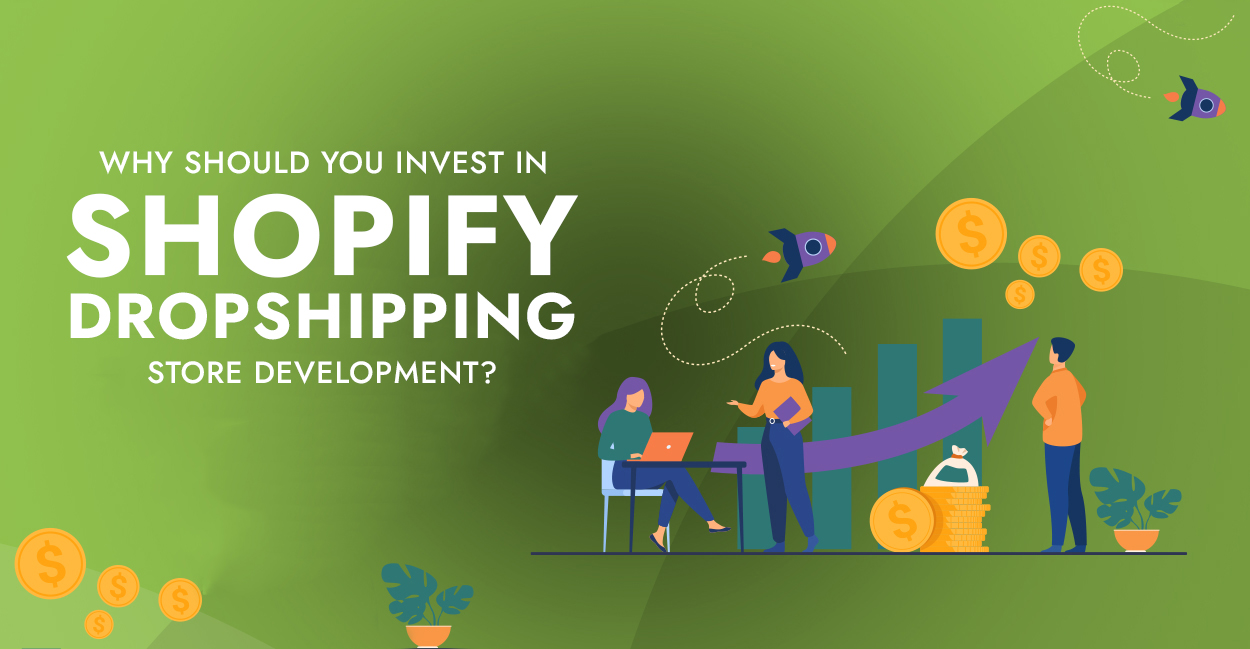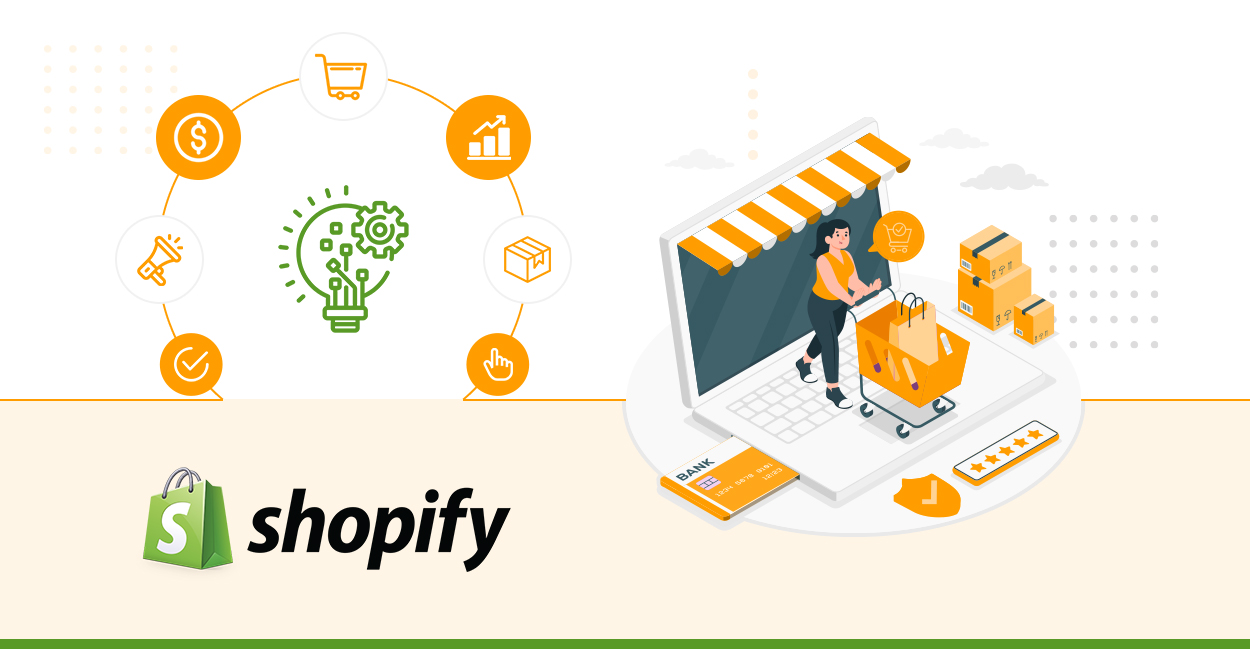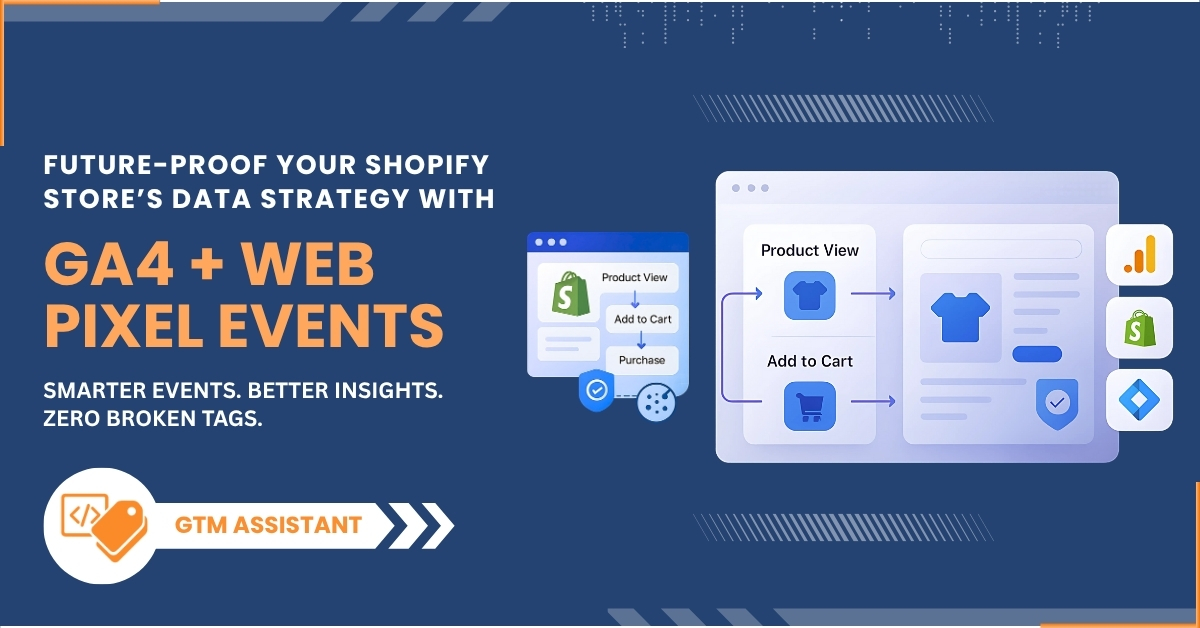To grasp the allure of Shopify dropshipping store development, let’s first unravel the essence of
dropshipping itself.
Dropshipping is a business model that liberates entrepreneurs from the burdens of inventory management and
order
fulfillment. Instead of stocking products, the retailer partners with suppliers who handle the storage and
shipping,
while the retailer focuses on marketing and customer engagement. Paired with Shopify, a leading e-commerce
platform,
this model is a gateway to streamlined entrepreneurship.
Why Should You Invest in Shopify Dropshipping Store Development?




 June 24, 2025
June 24, 2025




 © 2023
© 2023